Whenever I start reading monster collections, I start…well, thinking about how roleplaying is just such an interesting salmagundi. You get mythologies of every historical stripe hodgepodged with H.P. Lovecraft and Lewis Carroll, urban legends and extinct creatures rubbing shoulders with robots and monsters created just to match up with a toy that Gary Gygax bought in a bargain bin. Just such a crazy intersection. The fact that then someone goes through and gives them statistics? Tries to judge if a “genie, djinn” is tougher than a “rhinoceros, wooly” or a “golem, alchemical”? Even better. They are lists of “might be” stories, in their way; like everything in gaming, they are an exploded narrative, pieces of shrapnel and gears. Just fragments in a “Build Your Own Adventure” novel. Pathfinder’s Bestiary 3 was so good that I had to go and give the first two a spin, and wouldn’t you know it, they are fantastic, too.
One of the things I like about the Pathfinder Bestiaries is that they are chock full of entire hierarchies of being. I talked a little bit about how Devils and Demons are the most cogent part of the Dungeons and Dragons cosmology in my hypothetical reimagining of the Planes, and as Pathfinder builds its cathedral on the foundation of Dungeons and Dragons, that is worth keeping in mind. Some editions of D&D have tried to streamline out categories of critter—yugoloths and demodands, that sort of thing, the deep cuts of the Monster Manuals—but Pathfinder brings them back. You’re the Dungeon Master. It is your campaign; add them in if you want, but you don’t have to. Always nice to have options, though.
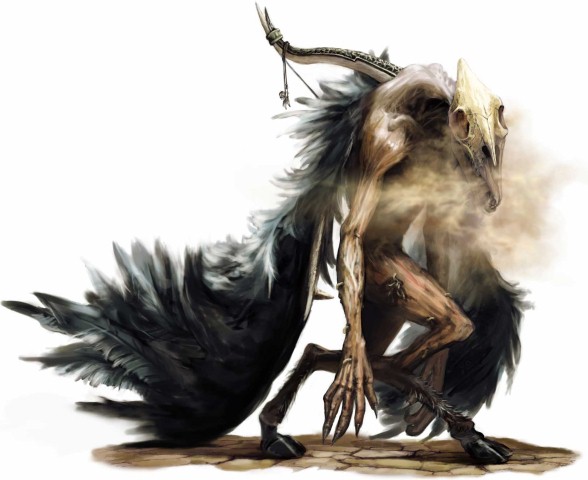
We do have options, here; yugoloths going back to their roots as daemons, of which the leukodaemon is obviously the spookiest. You’ve got things like the aeons, primal neutral forces, and forces for good like the agathion (even I know enough Greek to get that etymology) and the archons and azata. Actually, since I bring up the azata, I should talk a little about the phylogeny of the Bestiaries.
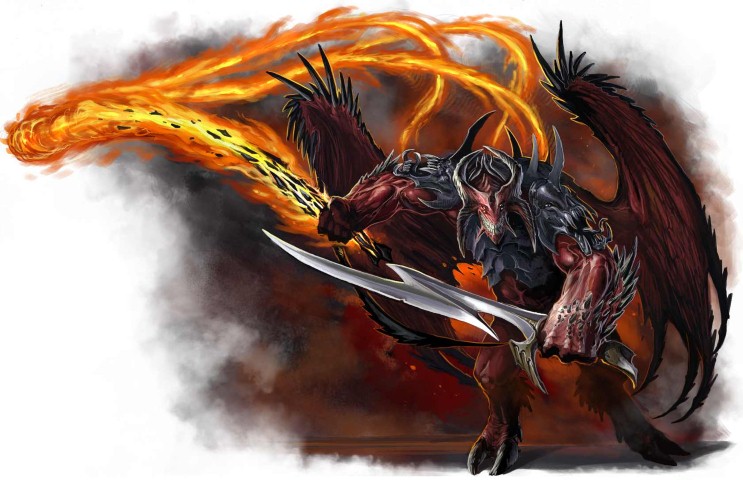
I mentioned Dungeons and Dragons’ streamlining, and it is worth pointing out that Pathfinder follows that same tactic as well…but rather than slash the creatures, they just reshuffle them into a meaningful order. The azata cover what used to be eladrin—the ghaele and the bralani—as well as lillends. Heck, if it was me, I’d toss the couatl in there, as well. Similarly, if you can’t squint at the arbiter in the inevitable category and see a modron, well then you aren’t really trying.
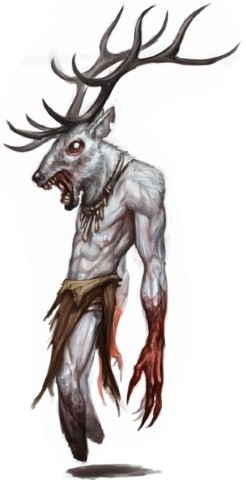
Stranger, more wicked things steal the show. I’m particularly fond of a few, like the akata, which are a mix of a foo lion and a xenomorph from Aliens, with a mane of tentacles. The girallon always make me happy; four armed apes are great! Thanks for reminding me of the critter from Broxo, while I’m at it. The horror movie creatures are some of my favorite, like the creepy attic whisperer; like the creepy kid from Ju-on with a fox skull for a head. Oh, the wendigo! This creepy guy. I pulled him out of a randomized box of miniatures recently and…gosh, he’s freaky.
I’m always a huge fan of what Pathfinder does with their golems, and I’m not let down here; the alchemical golem is like a walking Frankenstein’s laboratory, and the adamantine golem is sort of a cross between Marvel Comic’s Juggernaut and the tarrasque. Oh and Scylla and Charybdis! The latter looks like a giant isopod, but the former is like a mermaid with a body of…tentacles and wolf heads?
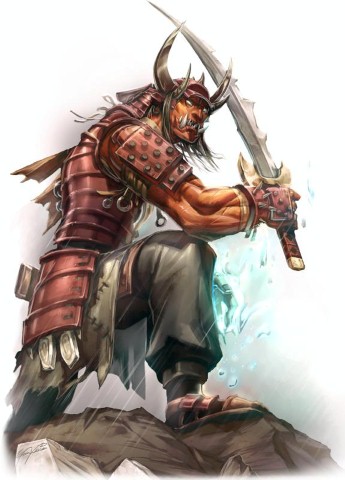
For me, monster design comes down to one simple trick: does it have a cool core mechanic? I have to admit, I find nothing so boring as a monster with no special abilities. A box of hit points that does 1d8 damage? Ugh, skip. Each monster should be a mini game, should have a twist that keeps the fight interesting and the players guessing. This can be as broad as the proteans’ reality twisting “warp waves” or even as simple as a breath weapon. It doesn’t have to be a power: the redcap’s weakness to religious symbols has the same effect. Presenting a hook for the fight is the key. Making a monster memorable requires a cool description and a cogent ecology—awesome art doesn’t hurt—but a mechanical flourish can really anchor the whole thing. As I said in my post about the World of Darkness’ embrace of non-canon, that is what I’m really looking for when I get a book. Inspiration…and a toolbox of rules and widgets.
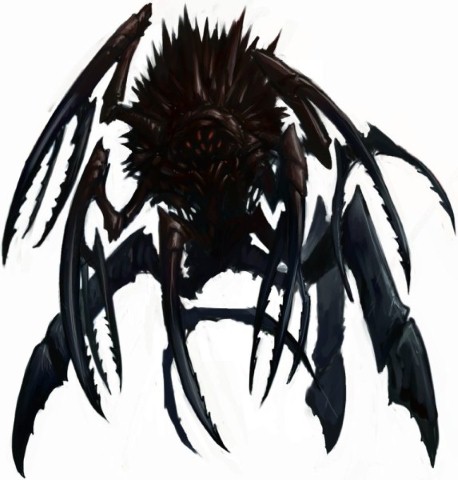
Of the two, Bestiary 2 is superior to the first Bestiary, for my purposes. This is for a simple reason: Bestiary is largely just a collection of the Open Game License creatures from the Monster Manual, cleaned up and reinterpreted. Some of the reimagined creatures are vastly superior to the original, and the “new” monsters are in points “old school” monsters, updated to Pathfinder, but most of the book’s beasts are old standards.
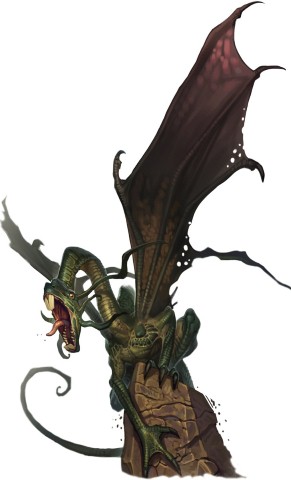
If you are just getting into the hobby, it is a must-buy, but Bestiary 2 follows the grand tradition of second sourcebooks in just getting crazy. As a fan of weird fiction, it scratches that itch. Heck, it scratches the science fantasy itch, as well as getting the “slasher flick” option out there. You could even stick to the Lewis Carroll monsters and have a beer and peanuts comedy game, if that is your style. Above all: options! Who doesn’t like new toys?
Mordicai Knode used a sleukodaemon to give one of his PCs leprosy recently; they had to get a Dune-esque heartplug to cure it. You can follow him on Tumblr and Twitter.










